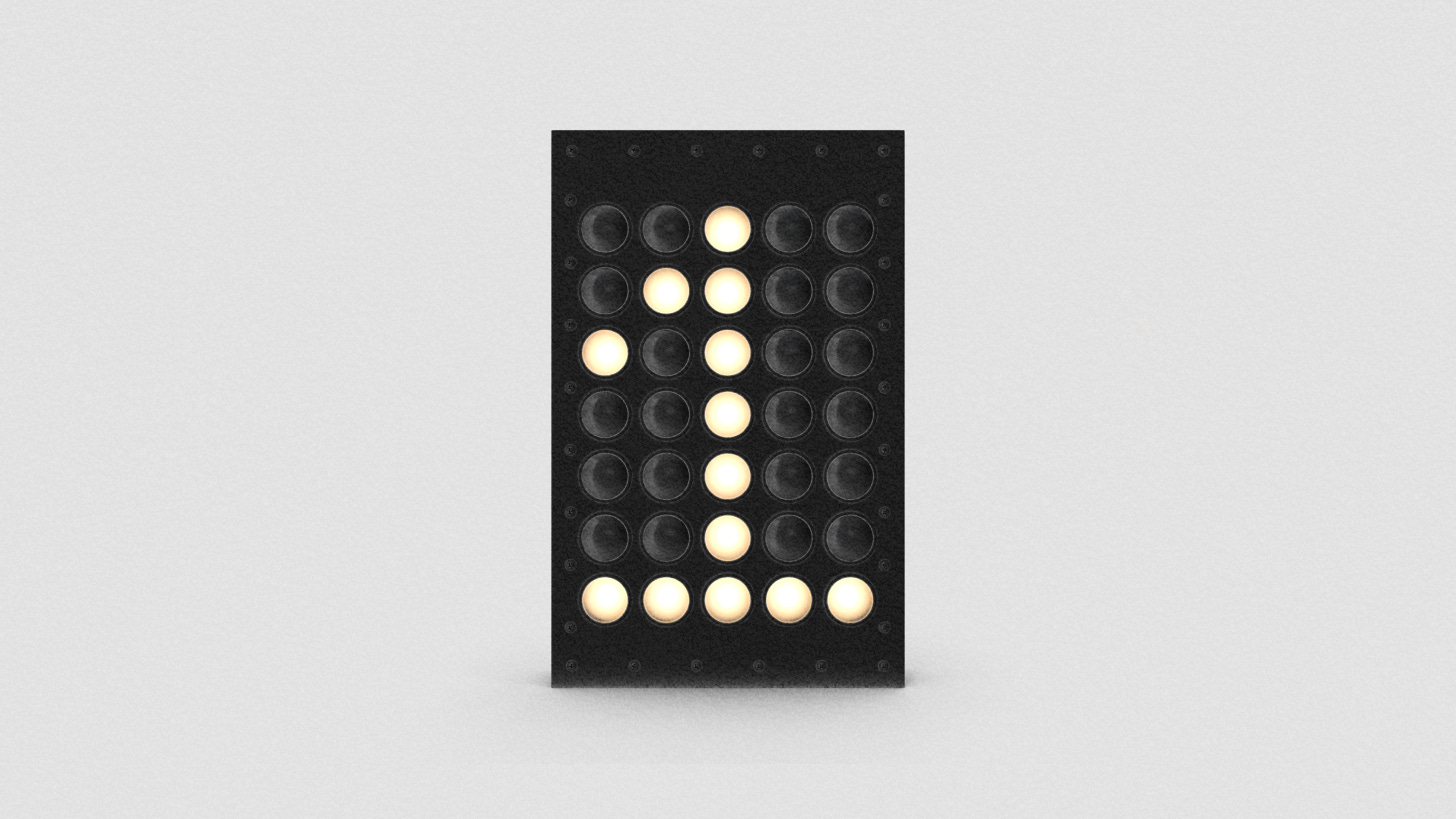Smarter Priorities with RICE Scoring
Pick what matters most — not what’s loudest.
You’ve got 10 good ideas. 4 projects half-started. A team with limited time.
Without a clear method to prioritise, you end up picking whatever’s loudest—or newest.
And that doesn’t always mean it’s the most valuable.
How do you decide what’s actually worth doing next?
Use the RICE framework.
It helps you make prioritisation decisions based on more than gut feel.
Originally developed by Sean McBride at Intercom1, RICE scores your ideas across four factors:
R — Reach
How many people will this affect in a given time period?
Use real numbers wherever you can.
“2,500 people per month”
“500 transactions per quarter”
I — Impact
How much will it move the needle per person?
This could mean increased adoption, conversion, retention—whatever matters most.
Sean recommends a simple multiple-choice scale:
3 for Massive Impact
2 for High
1 for Medium
0.5 for Low
0.25 for Minimal
I — Confidence
How sure are you about the values above?
If it’s based on solid data, great. If you’re guessing, score it lower.
Guidelines:
100% = High confidence
80% = Medium
50% = Low
Effort
How long will it take in person-months?
If one person could do it in a month, that’s 1.
If three people would take a month, that’s 3.
The Formula
Each of the above gets a score, and the formula is:
(Reach × Impact × Confidence) ÷ Effort
The higher the score, the higher the priority.
Example:
You’re choosing between two projects:
Launch a new landing page
Reach: 2,000 visitors per month
Impact: 1 (medium)
Confidence: 90%
Effort: 1 person-month
Score = (2,000 × 1 × 0.9) ÷ 1 = 1,800
Full site redesign
Reach: 5,000 visitors per month
Impact: 3 (massive)
Confidence: 50%
Effort: 6 person-months
Score = (5,000 × 3 × 0.5) ÷ 6 = 1,250
Even though the redesign has a bigger potential upside, the landing page wins—because it’s quicker to ship, has higher confidence, and still delivers solid value.
RICE gives you a way to compare apples and oranges—with less guesswork.


